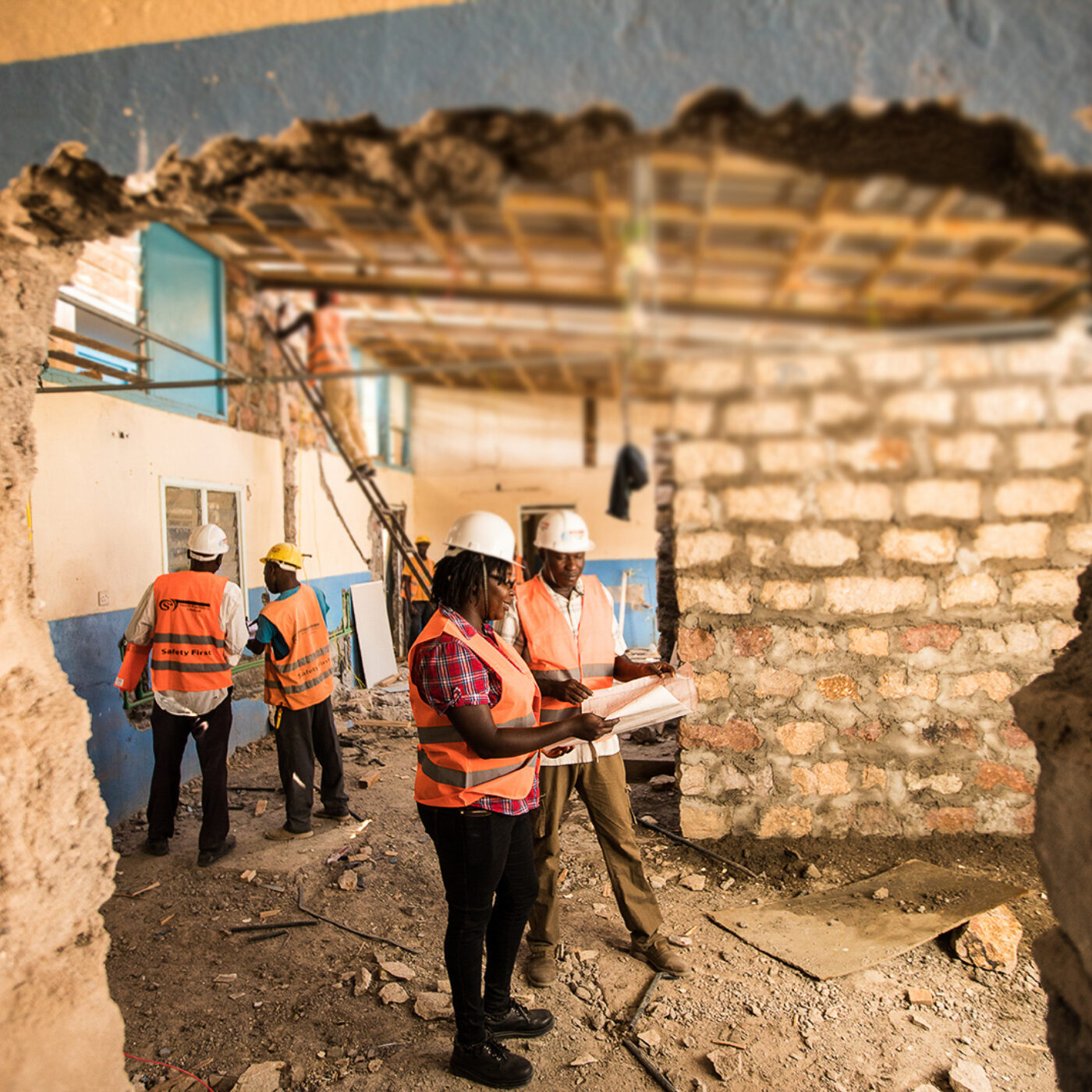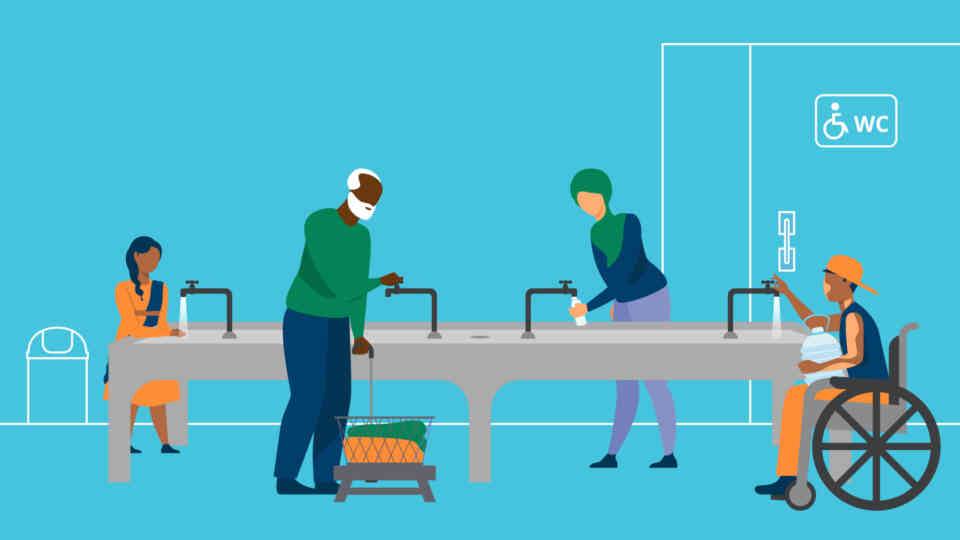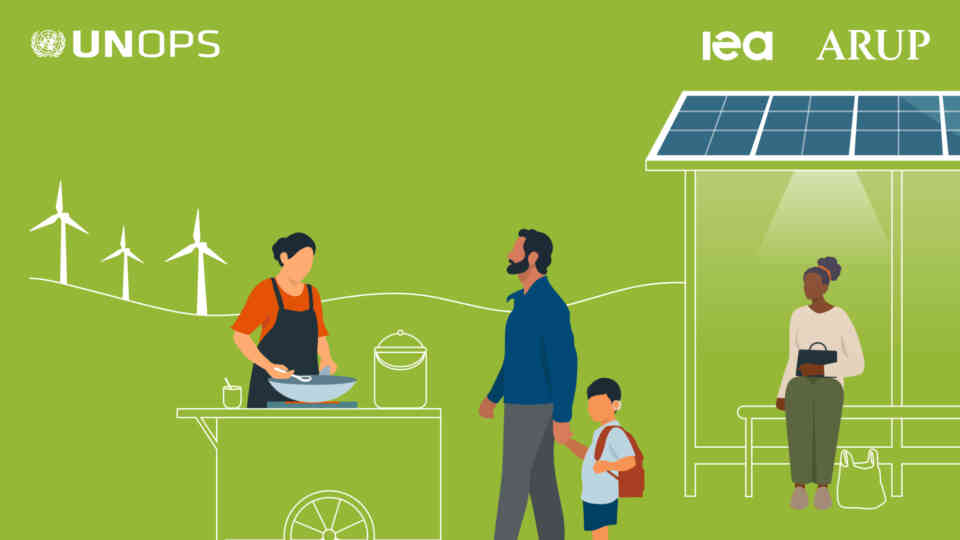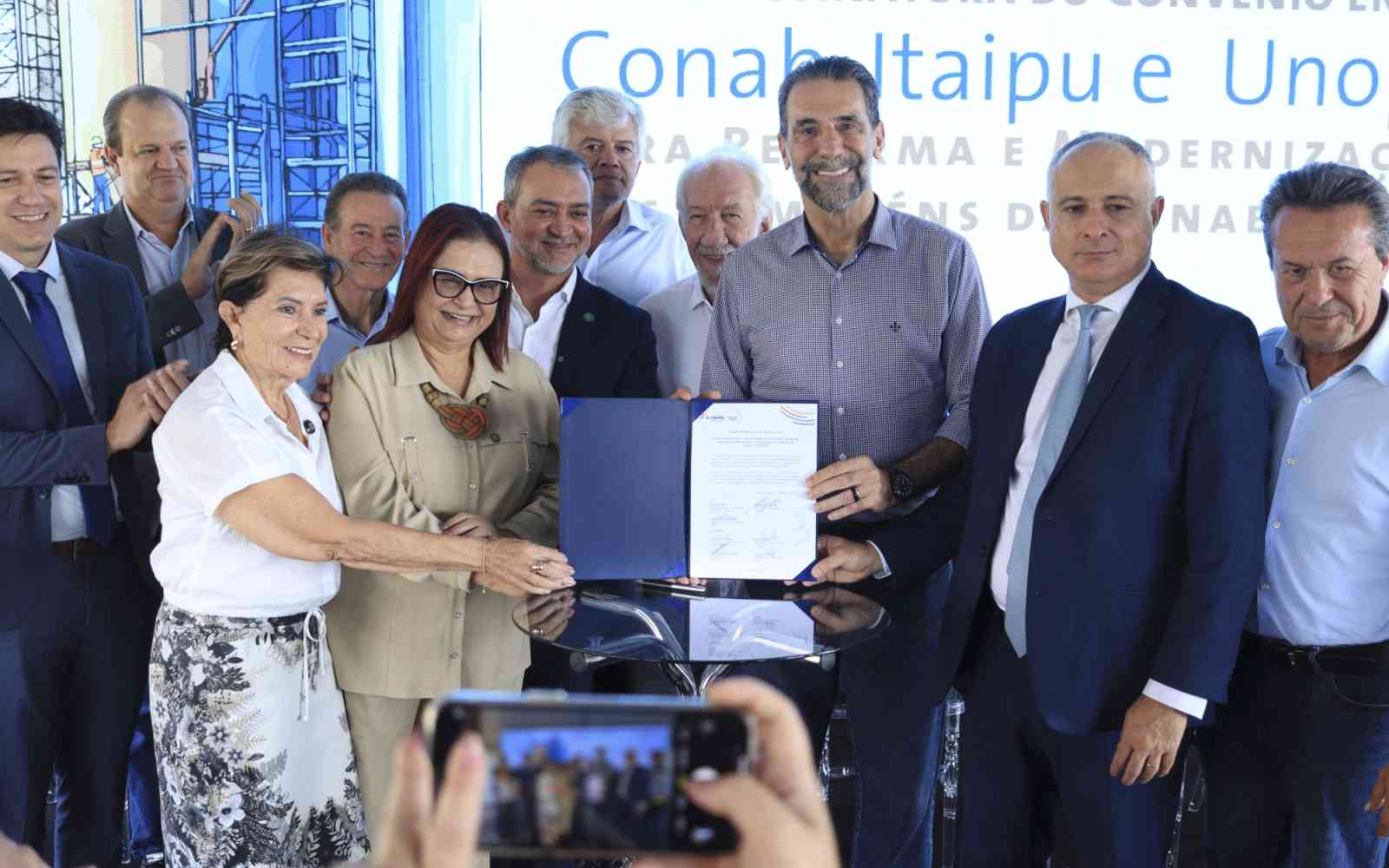The United Nations Office for Project Services (UNOPS)

Infrastructure
See MoreInfrastructure forms the backbone of a functioning society. From connectivity to migration to climate change, infrastructure touches every aspect of human life.
Infrastructure underpins the Sustainable Development Goals (SDGs) and is central to climate action.
It connects populations with education and job opportunities. It can help address inequalities and foster peace. It can promote good health and wellbeing. And it is a critical part of communities’ and countries' efforts to mitigate and adapt to the impacts of climate change.
But in order to achieve the objectives of the SDGs and the Paris Agreement on climate change, we need to profoundly change the way infrastructure is planned, delivered and managed.
We believe that sustainable, resilient and inclusive infrastructure is key to driving progress towards national development priorities and global goals – including climate action.
Around the world, our experts partner with local communities to deliver practical infrastructure solutions that enable people and the planet to thrive. From planning and design, to construction and maintenance, we provide a wide range of solutions – with a strong focus on building local knowledge and capacity.
With partners, we enhance transportation networks, establish renewable energy in underserved communities, build vital health and education infrastructure, and advise governments on ways to make infrastructure more effective.
From climate change to conflicts, the world is facing grave challenges that place the 2030 Agenda for Sustainable Development in jeopardy. Infrastructure development must be accelerated to respond to these challenges and address development gaps.
Implementation
UNOPS helps partners design, construct, rehabilitate and maintain infrastructure that responds to community needs and supports national development priorities – in line with the Sustainable Development Goals and the Paris Agreement on climate change.
LEARN MORE
Knowledge and research
Through a range of reports, publications and guidance documents, we help partners and practitioners deliver infrastructure that empowers communities, strengthens resilience and promotes a sustainable future that leaves no one behind.
Explore our series of publications that provide guidance on how to develop inclusive infrastructure.

Technical assistance
UNOPS offers a wide range of advisory services and technical assistance programmes to help our partners improve their ability to plan, deliver and manage infrastructure.
LEARN MORE

















